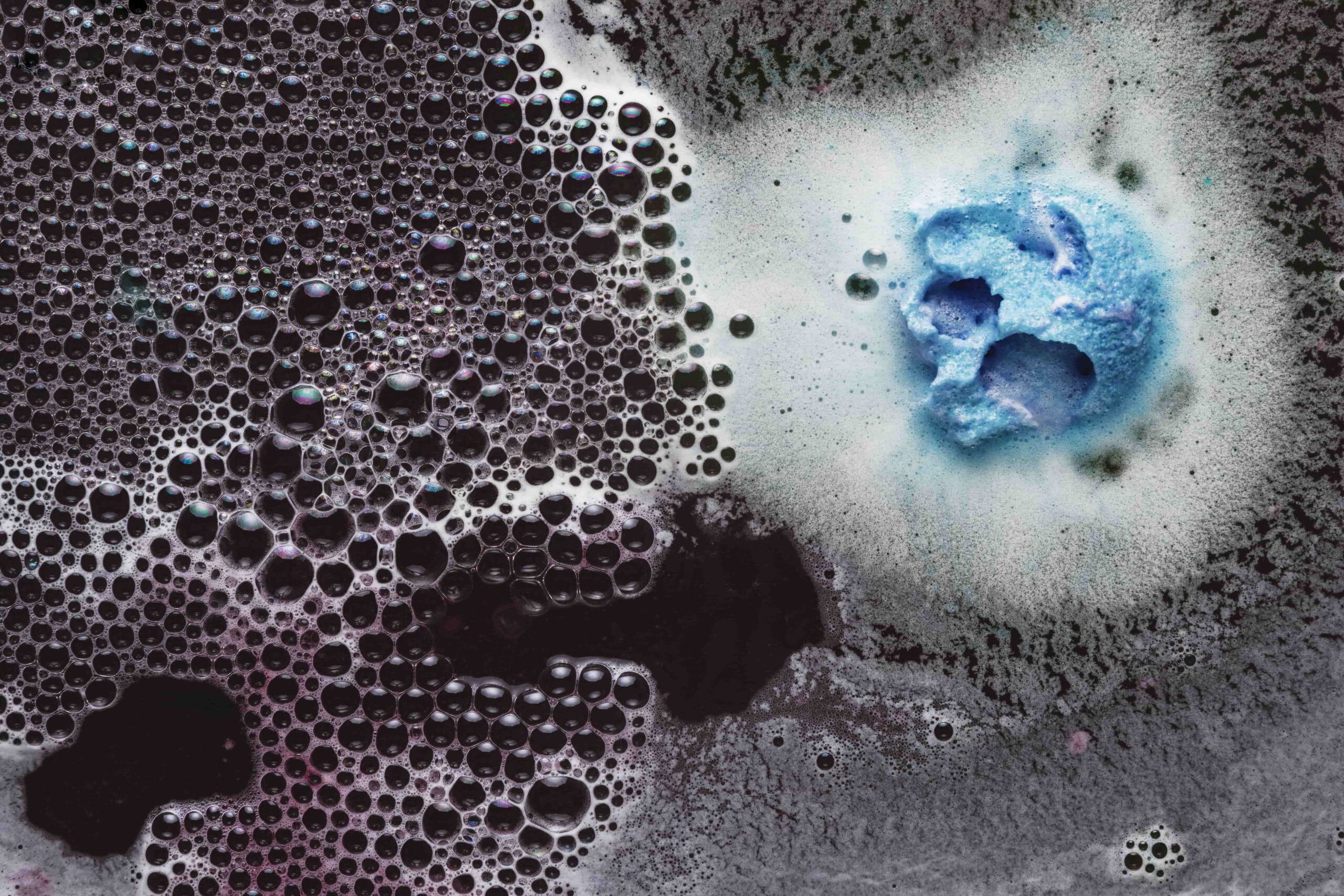Foam is a common by-product of many industrial processes. It often forms when air interacts with liquids containing surface-active compounds. While it might seem harmless, excessive foam can create significant challenges, disrupting manufacturing operations and reducing equipment efficiency.
Defoaming agents provide a solution. These specialised additives break down and suppress foam, allowing smoother operations in industrial defoamer processes. But how do defoamers work? This article examines the science behind defoaming agents, detailing their mechanisms step by step. You’ll gain insight into industrial applications, from disrupting foam films to preventing foam formation.
Breaking the Foam Film
Foam forms when air becomes trapped in a liquid, creating bubbles stabilised by a thin film. This film, composed of surface-active compounds, maintains the foam structure by reducing the liquid’s surface tension. In industrial settings, such stability can cause blockages, inefficiencies, and compromised output. Defoaming agents disrupt this film by penetrating its surface and destabilising its structure. Surfactants within industrial defoamers further reduce surface tension, allowing the trapped air to escape as the foam collapses.
Excessive foam in brewing can disrupt fermentation and bottling, causing product inconsistencies. In wastewater treatment, foam can block filtration and aeration systems, reducing treatment effectiveness. By breaking the foam film, industrial defoaming agents help to achieve consistent results.
Weakening the Foam Structure
Foam’s persistence in industrial settings is due to the molecular stability of its bubbles. This stability allows the foam to endure, even in demanding processes. To counter this, defoaming agents disrupt the foam’s structure, breaking the bonds that hold it together and leading to its collapse.
Some achieve this by using hydrophobic particles, which destabilise the foam by separating the liquid from the air within the bubbles. Oil-based and silicone-based defoamers are especially effective in chemical reactions, as they spread quickly across the foam’s surface, reducing its cohesiveness and causing it to disintegrate. Silicone-based defoamers are also ideal for high-temperature industries like paper manufacturing, where they maintain stability and effectiveness under extreme conditions.
They act rapidly to prevent overflow, such as during chemical reactions in industrial tanks. For longer-term applications, they provide sustained foam suppression, which is essential for processes like cooling in large systems or providing consistency in textile production.
Draining Liquid from the Film
Stability depends heavily on the thin liquid film surrounding each bubble. This film traps air and maintains the foam’s structure. For the foam to collapse, the liquid within the film must drain, allowing the bubbles to burst. Defoaming agents accelerate this process by reducing the film’s surface tension and promoting liquid drainage.
Defoamers weaken the forces that keep the liquid film intact. As the liquid drains more rapidly, the film thins to a point where it can no longer sustain the trapped air, causing the foam to break apart. In food processing, quick foam collapse means that production lines remain uncontaminated and efficient, reducing downtime and waste. This mechanism is particularly useful in processes where excess liquid retention can disrupt efficiency.

Collapsing the Bubbles
Once the liquid film surrounding a bubble is sufficiently weakened, the bubble itself becomes unstable. At this stage, the foam collapses as the trapped air escapes. Defoaming agents play a major role in this process by reducing the structural stability of the bubbles.
One way defoamers achieve this is through air dispersion. By breaking down the uniformity of air within the foam, they prevent bubbles from retaining their shape. Additionally, defoamers reduce the bubble’s elasticity, making it more prone to rupture under stress. In applications such as chemical manufacturing, rapid foam bubble collapse is essential to prevent overflow during reactions.
Coalescence of Bubbles
This refers to the process where smaller bubbles merge into larger ones, eventually leading to the collapse of the foam. Defoaming agents encourage coalescence by disrupting the forces that keep bubbles separated, such as surface tension and elasticity within the foam. By reducing surface elasticity, defoamers allow bubbles to lose their shape and join together. Larger bubbles are inherently less stable and more prone to bursting, which accelerates the breakdown of foam. This process is particularly effective in applications where persistent foam would otherwise disrupt operations. In fermentation-based industries, coalescence makes sure foam doesn’t interfere with microbial activity, protecting the quality and yield of the product.
Prevention of New Foam
While breaking down existing foam is essential, preventing new foam from forming is equally important in many industrial processes. Defoaming agents achieve this by leaving a thin layer of active compounds on the liquid surface, which suppresses the formation of new bubbles. These agents often include long-term anti-foam additives that remain effective over extended periods, keeping foam-related disruptions to a minimum.
Continuous dosing systems are commonly employed in processes that require ongoing suppression, such as in cooling towers, where foam can reduce heat exchange efficiency, or in textile production, where excessive foam can lead to uneven dyeing or coating. By actively maintaining foam-free conditions, defoaming agents contribute to reliable operations across industries such as concrete and chemicals.
Long-term foam control relies on anti-foam additives, which create a barrier on liquid surfaces to suppress new foam. By preventing foam reformation, these solutions reduce downtime and boost reliability over time.

Defoaming agents play a huge role in managing foam in industrial processes, addressing every stage of foam formation and persistence. They break foam films, destabilise structures, promote liquid drainage, collapse bubbles, and encourage coalescence, supporting smoother, more efficient operations. Effective foam control boosts productivity, reduces downtime, and improves product quality while preventing costly disruptions.
Choosing the right defoamer for your industry’s needs can significantly improve operational performance. Take action today—contact us to identify the best formulations for defoaming agents.